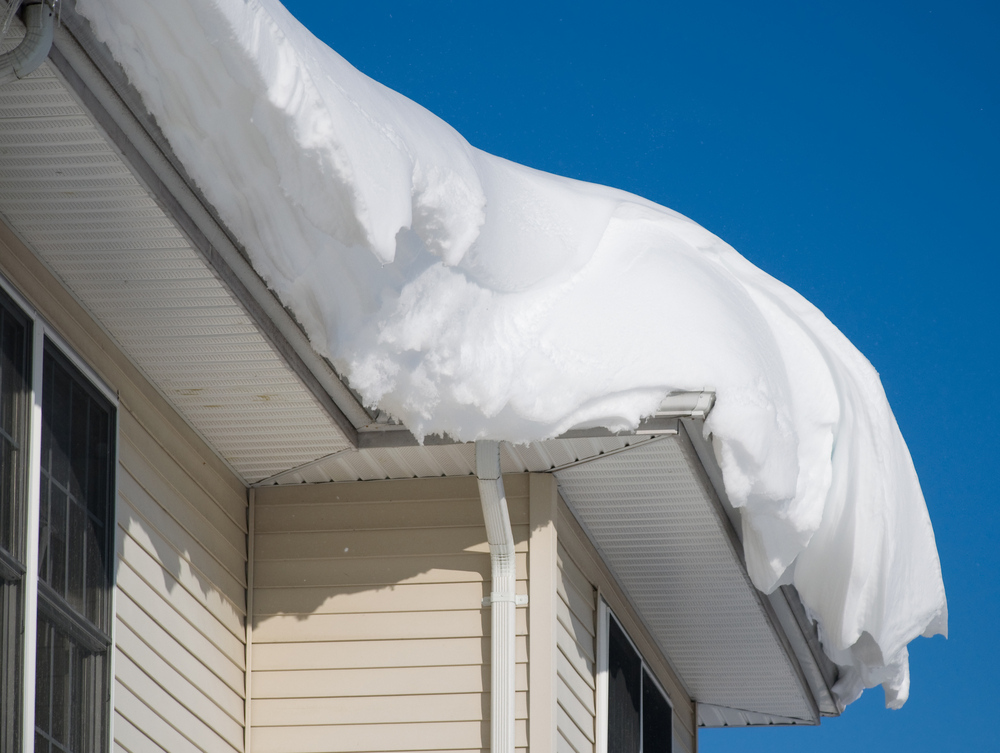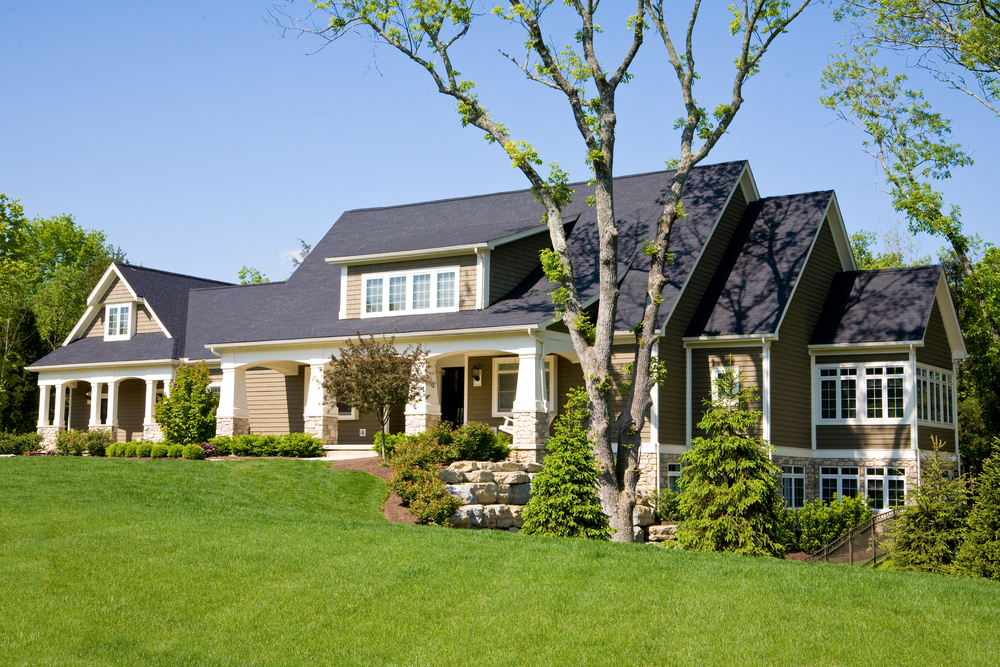When your new roofing system gets installed, homeowners breathe a sigh of relief having their essential protective barrier against the elements addressed. But your work isn’t done yet – properly caring for your rejuvenated roof over the long haul keeps it in peak condition.
This guide explains key maintenance areas for homeowners to stay on top of across the full lifespan of their new roofs protecting properties in New Jersey’s varied climate.
Key Takeaways
- Annual inspections identify minor damage for timely repairs
- Clear winter debris from gutters to avoid ice dams/water intrusion
- Trim back vegetation/overhangs preventing scrapes, penetrations
- Reapply protective treatments per material requirements
- Create roof maintenance plans keeping warranties active
Roofing Warranty Terms to Follow
| Action | When | Why |
|---|---|---|
| Visual Inspections | Annual | Spot damage needing repair |
| Gutter Maintenance | Before winter and biannually | Allow proper drainage |
| Tree Trimming | Annual | Prevent debris, scrapes |
| Apply Treatments | Per material requirements | Protect integrity |
Schedule Annual Visual Inspections Checking for Damage
At least once per year, complete a visual inspection of your roof looking for any missing, cracked, or curled shingles signaling early deterioration or potential waterproof issues for proactive maintenance. Minor repairs addressed promptly prevent escalating damage from harsh New Jersey weather exposure.
RGB Construction creates detailed documentation during your roof installation that notes slope specifications, ventilation placements, and material types/quantities. Refer back any time minor damage occurs to simplifies matching repairs to original builds. Having contractors familiar with your unique roofing system maintain and repair issues spotted during annual inspections ensures work is completed properly under existing material and workmanship warranties.
Clear Winter Debris from Gutters and Ensure Proper Drainage Slope
Clogged gutters cause water runoff nightmares around your home’s exterior during New Jersey’s winter freeze/thaw cycles. Clear out leaves, pine needles and other debris accumulation at least twice per season. Having wide gutters with sloped drainage that fully empties water away from your residence avoids ice damming and moisture dripping along fascia boards, premature deterioration.
Check downspout extensions reach 5+ feet from the home’s foundation avoiding saturation around the base of your structure from discharged rainfall as RGB Construction typically recommends.

Trim Back Vegetation Infringing on Your Roof’s Perimeter
It’s easy to overlook minor plant overgrowth touching roof edges or trees slightly overhanging until the next storm. Wind gusts cause branches to scrape shingles and heavy storms snap debris crashing onto your roof leading to penetrations.
Annually trim back vegetation keeping at least 3 feet clearance between trees/plants and the roof perimeter. Remove any vines or root systems creeping directly on roofing materials for physical separation protection. Keeping foliage safely managed preserves your new roof.
Reapply Protective Treatments for Wood & Metal Roofs
Homeowners choosing classic styles like wood shake roofing need to reapply weatherproofing treatments every 2-5 years in sunny regions or 5-7 years in shaded overhang areas. Quality penetrating sealants prevent mold and pests while maintaining the natural appeal that attracted you.
Similarly, metal roofing requires reapplication of UV-resistant coatings after around a decade per manufacturers. This avoids corrosion and fading issues under New Jersey’s intense sun exposure. Having RGB provide reminder check-ins on necessary reapplications as your roof ages ensures you don’t miss these key steps preventing deterioration.
Judge Proper Response for Minor Damage vs Emergency Situations
As you self-inspect annually, some minor damage may occur on aging roofs like a few missing shingles after a heavy storm. For small isolated issues, temporary repairs provide adequate protection from additional water intrusion before full contractor repairs. However, significant sections of exposed roof decking demand immediate response to prevent exponential structural damages left vulnerable to the elements.
RGB Construction teaches homeowners what constitutes emergency levels of sudden damage needing roofers versus minor issues you can temporarily stabilize yourself before permanent contractor repairs restore original waterproofing integrity. Learning these discernments empowers homeowners.
Develop Custom Maintenance Plans with Your Roofing Company
Staying consistently vigilant over your roof’s lifespan represents a hassle many unintentionally let slip over time. Partnering with reputable local roofing companies like RGB Construction who offer customized maintenance plans keeps your roof under official warranty protections for maximum lifespan.
Based on roofing system specifics like warranty expiration, slopes and materials used, RGB structures a tailored home maintenance plan handling key areas for you:
- Annual visual inspections identifying aging spots
- Clearing winter debris clogging drainage paths
- Applying protective treatments on schedule
- Necessary repairs blending with original installations
- Reminder communication so no key steps get missed!
Investing in routine roof care ensures your family stays safely housed under peak performing barriers for decades without headaches.
6 New Roof Care FAQs
How often should I visually inspect my roof? You should inspect your roof at least once per year for any signs of missing, cracked or curled shingles that could signal water intrusion issues.
What should I look for during roof inspections? Key areas are loosely attached or missing shingles near edges, damaged areas around vents/chimneys, clogged gutters causing moisture buildup, overhanging branches, visible attic leaks, and curled/brittle shingles cracked from sun exposure.
When should I trim back trees near my roof? Trees and vegetation should be trimmed back from touching roof edges before storm season each year. Aim to maintain at least 3 feet clearance between branches and your roof perimeter.
How often do metal roofs need resealing? On average, metal roofing requires protective UV-resistant clear coat reapplication every 8-12 years to prevent corrosion and rust issues depending on climate exposure levels.
Can I walk on my new roof safely? Use extreme caution when doing required maintenance tasks on your roof. Ensure proper fitting footwear and install slide protection products if needed for steep pitches. Never attempt accessing the roof in wet conditions.
Should I create a maintenance plan for my new roof? Yes, partnering with your roofing installer like RGB Construction establishes consistent reminders for key maintenance areas so you don’t overlook small issues turning into major repairs down the road.
New Jersey Roofing Lifecycle Statistics
- On average, asphalt shingle roofs last 20-25 years when properly ventilated and cleared of winter debris/damage according to RGB Construction’s regional data.
- If installing wood shake roofing, expect to reapply weatherproofing treatments every 2-5 years in sunny areas or 5-7 years shaded overhang regions according to manufacturer guidance followed by RGB Construction.
- Metal roofs require reapplication of UV/rust-resistant clear coats after around a decade depending on climate exposure. Coastal New Jersey warrant earlier re-sealing.
Keep Your New Jersey Roof Thriving Long-Term
While roof replacements provide essential protection for the short term, taking consistent care of these investments through proactive New Jersey home maintenance provides lasting returns. Partner with reputable local roofers like RGB Construction to establish strategic care regimens keeping your roof in tip top shape year after year!








